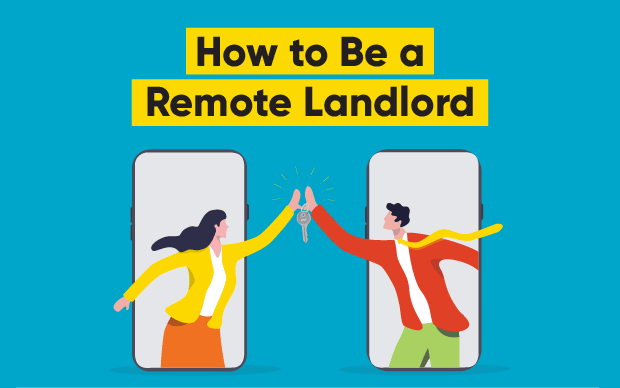Disclosure and Disclaimer
This post only contains educational information. No financial, tax or legal advice.
This information is for educational purposes only and we do not guarantee the accuracy or completeness of this information. This website may contain links to third party websites. We are not responsible for their content or data collection. Trademarks used in this material are property of their respective owners and no affiliation or endorsement is implied. Remember that this material is intended to provide you with helpful information and is not to be relied upon to make decisions. This information does not constitute financial, tax or legal advice and you should consult your own professional adviser regarding your situation.
As a landlord, there are several perks to attract tenants, such as including utilities costs in their rent. Paying for utilities, such as water, electricity, and gas, in addition to rent, can be difficult for some renters, which can narrow your applicant pool. However, while including utilities can help you avoid legal responsibility and cost liability, it can cause issues, such as limited control over who goes onto your property and added hassle if you need to get involved with your tenants. This guide gives the pros and cons of including utilities with rent and how to maximize your rental revenue.
“All utilities are included, right” It is a common, and potentially deal breaking, question many landlords have likely received from an applicant. Before balking at the outrageous water bills you foresee in the future, take a moment to consider the question. Paying from your own pocket for a tenant’s utilities may sound like a costly proposition, but including utilities in the rental price could make financial sense.
Sure, you’re legally bound by the Implied Warranty of Habitability to provide tenants with access to a safe, habitable living space and access to utilities helps meet that requirement. But, beyond legal standards, determining who pays for which utilities can be a strategic way to increase your revenue, right along with determining what rental rate to charge and picking the right tenants.
When you use a tenant screening service like TransUnion SmartMove®, you can identify renters who meet your screening criteria to include satisfactory credit, criminal, and eviction histories. Tenant background checks can reveal responsible, predictable renters who are more likely to pay on time. This could make perks like including utilities a better financial bet for you.
Below we’ll look at common utilities offered in rental properties, then compare the benefits and drawbacks of including utilities in your rental rate or asking tenants to handle utilities themselves. Whether you cover utilities with the rent or have tenants handle the additional costs on their own, you will need to determine how you want to manage them before advertising your rental property.
Common Utilities in Rental Properties
When you’re deciding how to divvy up the utilities with your renters, it’s important to understand the average cost of each. Common residential utilities include:
- Water
- Gas
- Electricity
- Internet & Cable
Each of these have their own separate considerations and include costs that can fluctuate over time. Consider each separately before deciding whether or not to include it in your monthly rental rate.
Water
Water is The average water bill in 50 cities increased by 3.6% this year and the typical American household pays $104 per month for water.
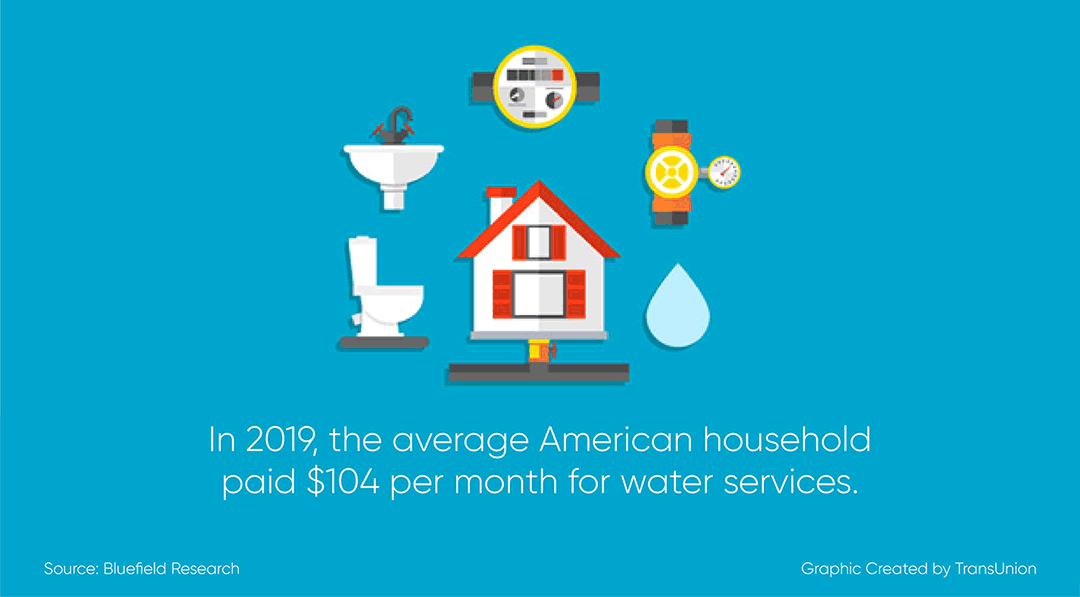
If you want to include the cost of water in the rent, but are concerned a renter may overuse the resource, it may be worth including provisions in your rental agreement that address excessive consumption. Outline financial responsibility after a certain limit is reached. If you own a multi-unit property, then it may also be cost-effective to average the amount of water used by all tenants and add it to rent, rather than separately meter each unit.
Pro-tip: You can further save money on water bills by implementing water-conserving toilets, faucets, showers, and washing machines. Not only can these interior updates help reduce your water bill, but they could provide rationale to to increase your rental rate.
Gas
Natural gas is necessary for heating, cooking, and some household appliances. The average American spends $82 a month on gas, or just under $1,000 annually. Keep in mind, this cost can vary depending on the size of the space that needs heating, the location of the property, and the renter preferences.
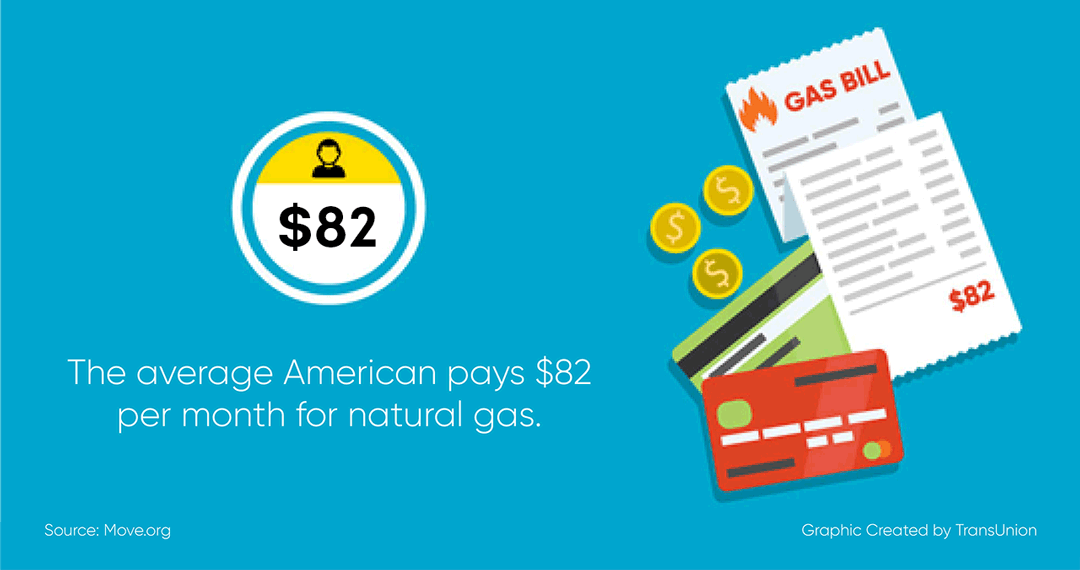
Landlords can add gas to the utilities included in rent if they are aware of the regular cost of heating and cooling in their unit. However, because gas is easily measured by meter, it’s also possible for tenants to open their own account with the gas company and pay separately.
Consider the climate where you live, as well. If you increase the rent to include gas bills in a location where it is only cold for a short time, then you will still receive the same amount of rent—even in months when the heater is not running. This could mean a healthier bottom line.
Electricity
It’s common for tenants to pay their own electric bills, as this service is also easily metered and measured. Many landlords ask tenants to contract with electricity providers themselves rather than include it in rent. The amount of money tenants spend on electricity is highly variable depending on their habits and hobbies. The average, however, is around $1,380 per year.
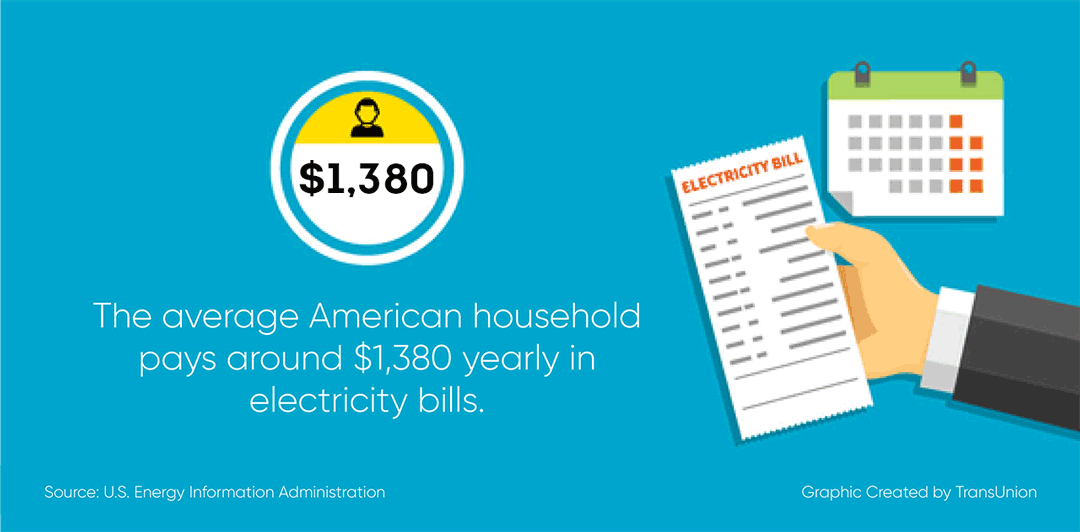
Electricity costs are relatively fixed depending on location, as there may only be one electricity supplier available in your city or town. Though, that’s not always the case. In some states, consumers have the right to choose among a few different electricity suppliers.
With the increasing popularity of energy-conserving and green initiatives, it may also be worth it to investigate alternative energy sources, electricity buyback programs, and other ways to reduce the total cost of electricity for your property. If your rental unit has solar panels, turbines, or other non-traditional electricity set-ups, then it may be simpler to keep any outside utilities in your own name.
Internet & Cable
Americans spend an average of $217.42 per month on their cable bill. However, this sum is highly variable and depends on personal subscription choices. Internet costs can also vary based on user preferences. Landlords typically don’t include internet and cable in rent, though it is an attractive option for Millennial renters and Gen Z renters and a differentiating selling point for landlords.
Including internet in the rent is generally easier than other utilities, as it tends to be charged on a flat monthly rate rather than on metered usage.
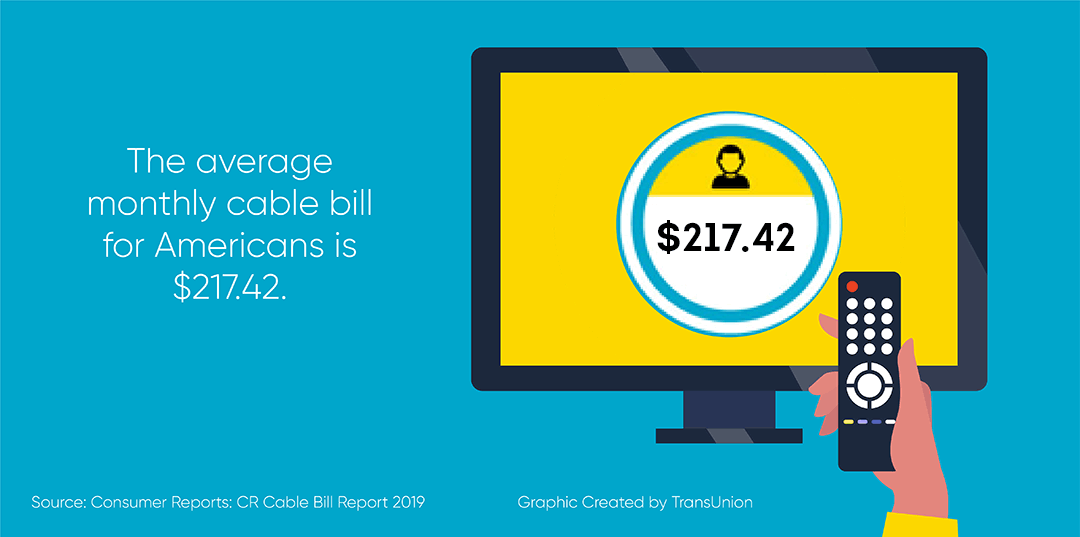
How Landlords Should Decide Who Pays for Utilities
Before advertising and renting your property, you have to decide if you are going to bundle utilities with the rent or have your tenants sign up for them independently. Deciding which utilities to include with rent (if any) does require a little research. Assemble as much data as you can to determine the average monthly costs for the services you want to include. Review your own records, ask current or former tenants, or estimate monthly costs based on current rates.
Once you’ve priced out your options for including various utilities in the rent, weigh the pros and cons of each. Let’s consider the pros and cons of each option.
Require Renters to Sign Up for Utilities Independently
If you want your tenants to pay for rent and utilities on their own, then consider the following:
Pros of Asking Renters to Handle Utilities
- Avoid cost liability: You won’t be charged for a tenant’s heavy utility usage, no matter how much they use. You won’t have to bother with calculating and collecting overage charges if your tenant uses more electricity or water than is stipulated in the lease.
- Customizable: You don’t have to figure out how much a given unit should be charged based on its size or appliances. Buildings come in all shapes and sizes, and if you own a couple of significantly different properties, utility costs may differ wildly.
- Avoid legal responsibility: If a tenant leaves without paying their utilities bills, then they are financially responsible. The utility authority won’t come to you looking for a check.
- Lower price on listings: Many people look for their next rental online and many listing services can filter properties based on budget. Including utilities in the rent may exclude your unit from searches based on price and could make your advertisements harder to find.
Cons of Asking Renters to Handle Utilities
- Less control: The contract and usage are totally in your renters’ hands, so you don’t get as much direct oversight in who is coming to your property and what they might be installing. Plus, you may have limited say on what companies your tenants contract with for utilities.
- Added hassle: If you ever need to get involved (say, if there is a delinquent tenant behind on their payments), working with providers is not as streamlined as it would be if you controlled the utilities yourself.
Include Utilities in Rental Rate
Landlords also have the option to add utilities to a tenant’s monthly rent. In this scenario, you would make all of the agreements with the utility providers of your choosing and keep the utilities in your name. This can be a good option if you manage a larger number of properties and want to simplify the process for yourself or if you tend to rent on a short-term basis.
Let’s take a closer look at the pros and cons of including utilities within your rental rate.
Pros of Bundling Utilities with Rent
- Streamlined: When you bundle utilities with rent, you know which providers and plans your tenants are using. When they move in and out, the utilities are already taken care of. No one has to remember to turn services on or off.
- More control: If you want to keep tabs on how utilities are used in each of your properties, then subscribing to them yourself will give you the most control. You can easily figure out if the washing machine in your unit should be replaced with power-saving models, or whether the internet speed in your condo could be improved. You can also keep an eye out for anomalies and spot problems before they become major issues.
- Attractive to renters: Tenants desire convenience. Eliminating the stress of finding and signing up for utilities can be a huge draw for many renters, especially younger and short-term renters who tend to move more frequently. It is also convenient for renters to only pay one bill a month, instead of making sure multiple bills are paid to multiple providers.
- Increased revenue: Some landlords may include utilities in order to maximize rental income. As you are providing and paying for these services, you can charge a higher price to cover the utility bill. Many renters are willing to pay more for the convenience of not managing utilities themselves.
Cons of Bundling Utilities with Rent
- Risk of lost returns: If you miscalculate the amount that the average tenant uses in utilities and undercharge tenants, you could face large utility bills, which eat away at total revenue.
- Added responsibility: When something goes wrong, you are the point of contact for your renters and become the go-between with the utility company, which can be a time-intensive headache. This is true even if the terms of your rental agreement mean you are not usually involved in repairs.
Final Notes
At first blush, paying utilities for your rental might seem out of the question. But it could make sense.
Before you decide on who pays for the utilities, review your rental property finances. See if it makes financial sense to add in perks of included utilities. Some renters may prefer that option and want the convenience of locking in a set amount for rent and utilities per month. And it is possible that providing some or all of the utilities will be more attractive to potential renters widening your pool. You may even be able to increase your rent to more than offset the costs of bundling in utilities.
Whether you choose to include all utilities, have tenants sign up separately, or opt for a hybrid system, you’ll want to fill your vacancies with the best possible renters: ones that are going to follow the rules and pay their rent on time.
With SmartMove, you can thoroughly screen your tenants before you commit to a lease. Including utilities with the rent might mean increased revenue, but it also means your tenant will owe you a higher monthly bill—a bill you want to make sure they can pay on time.
SmartMove’s Income Insights and credit reports can help you better understand your applicant’s financial history and current state, which may help determine if they will have any issues paying a higher rent.
Know your applicant.
Additional Disclosure:
For complete details of any product mentioned in this article, visit www.transunion.com. This site is governed by the TransUnion Rental Screening Privacy Policy Privacy Notice located at TransUnion Rental Screening Solutions, Inc. Privacy Notice | TransUnion.



